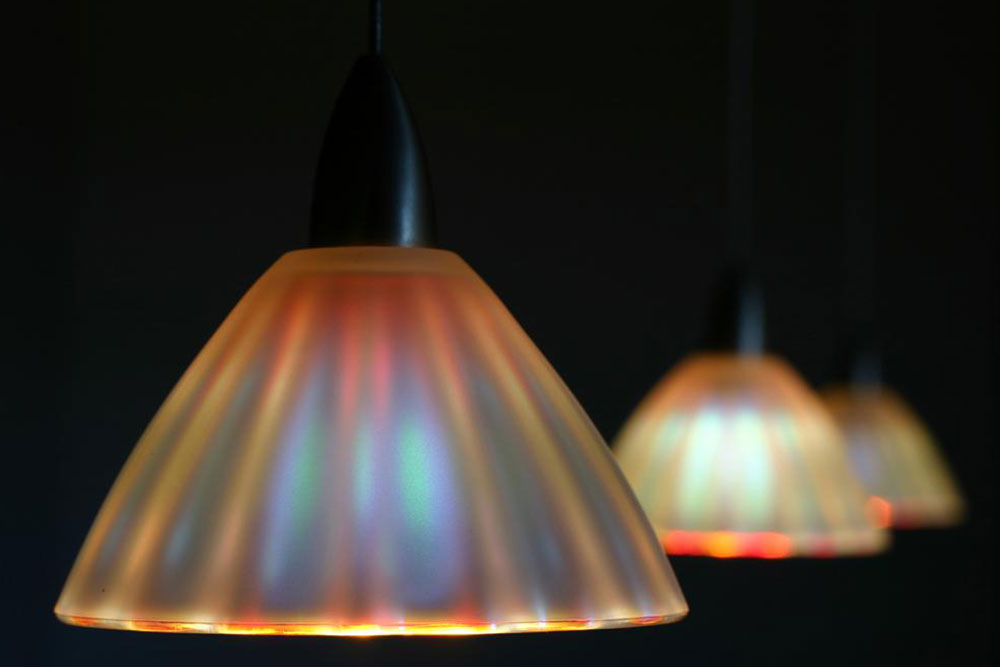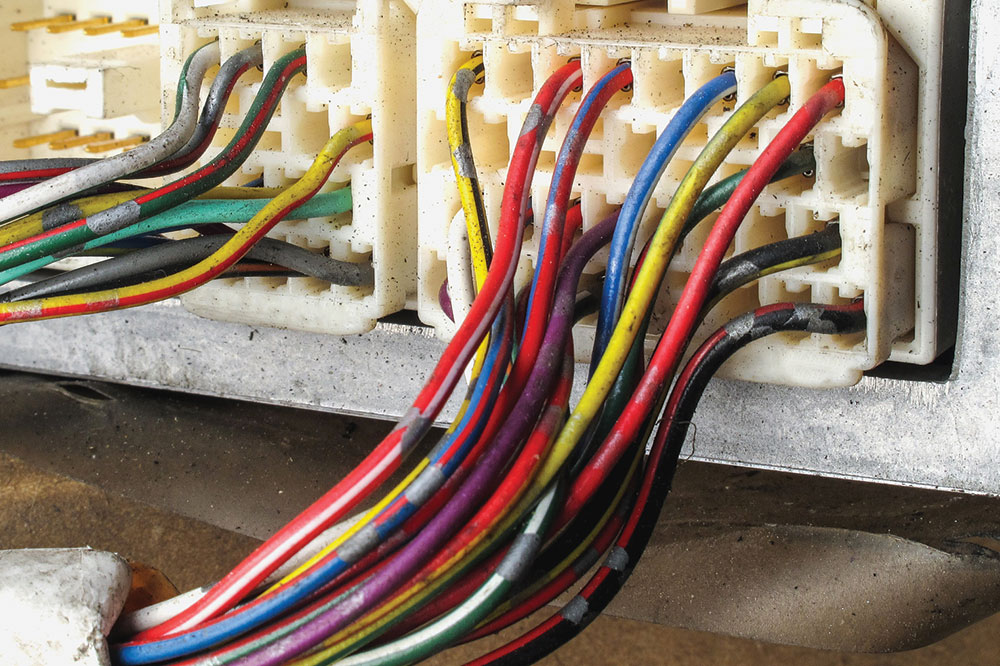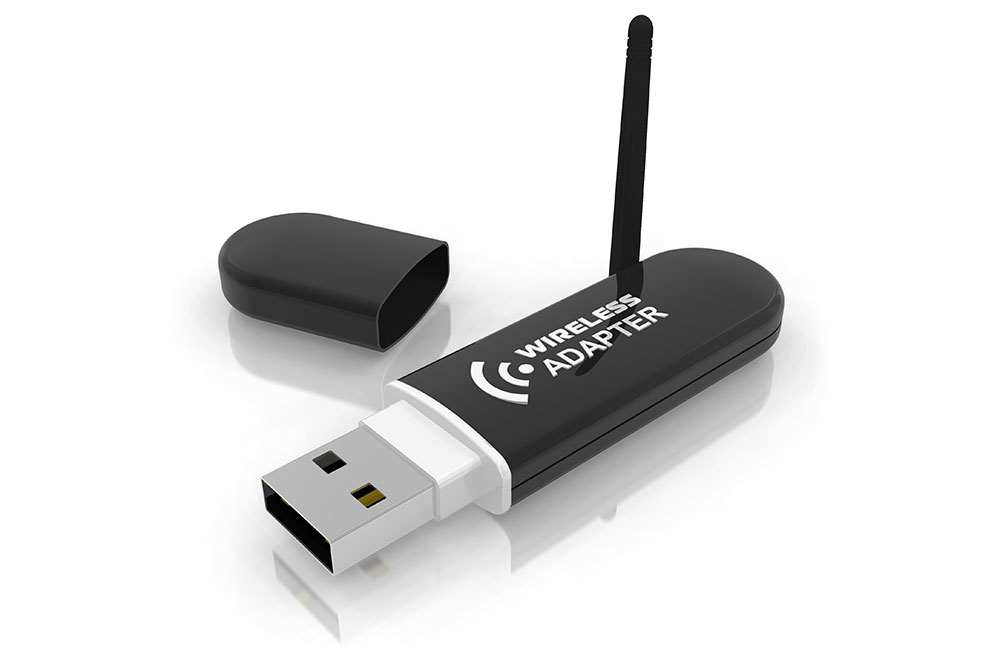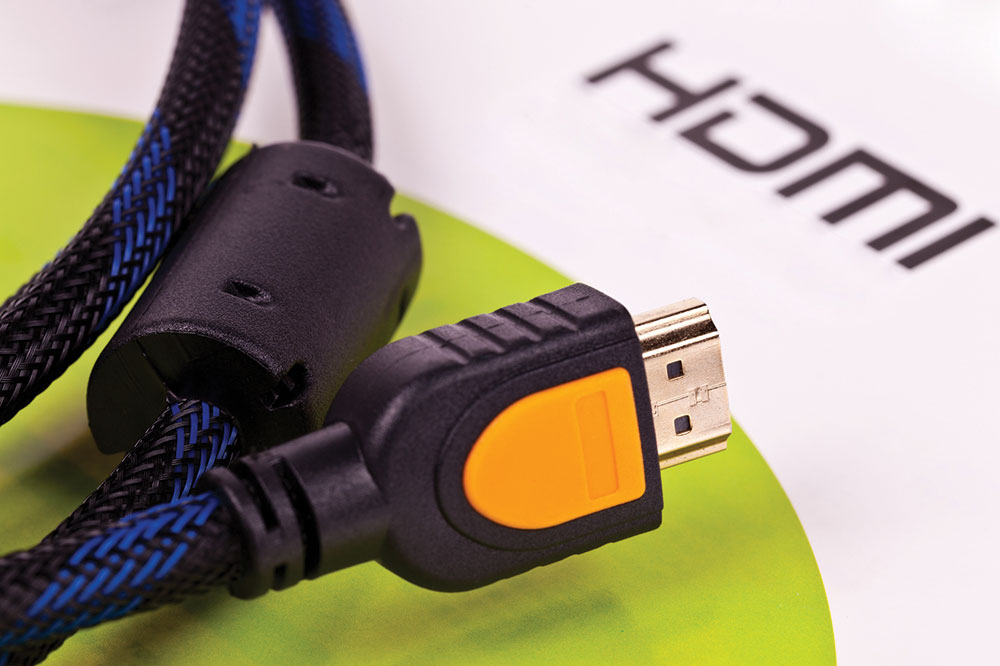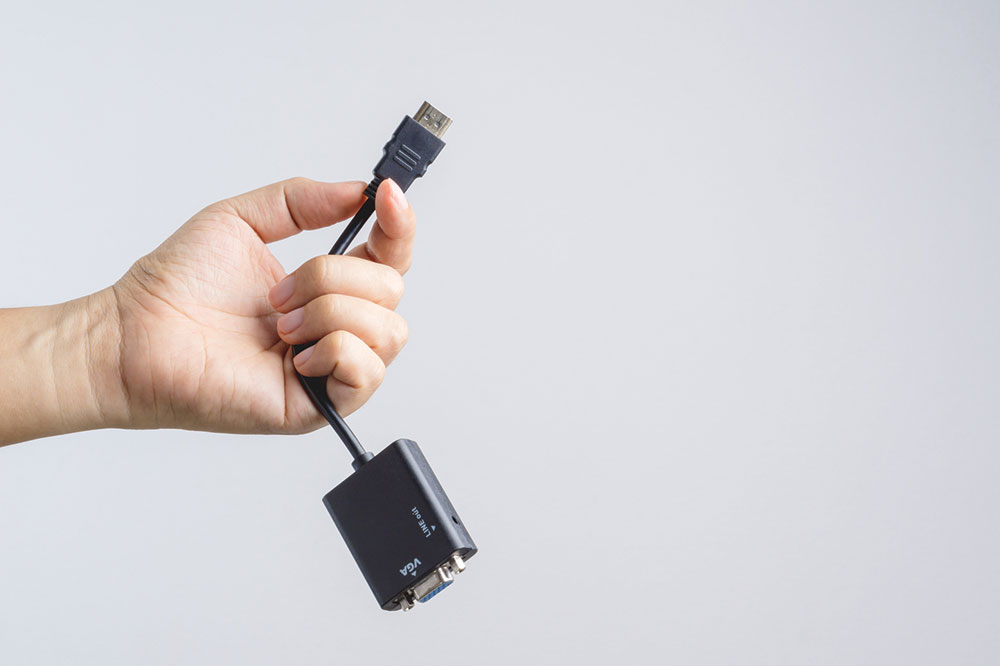Essential Insights into Power Supply Units
This article offers an overview of power supply units (PSUs), explaining their functions, types, and how to select the right one for your needs. It covers the basics of power supply circuits, their applications, and practical tips for choosing efficient devices. Ideal for anyone working with electrical or electronic equipment, the guide emphasizes importance of compatibility and power management to optimize performance and safety.
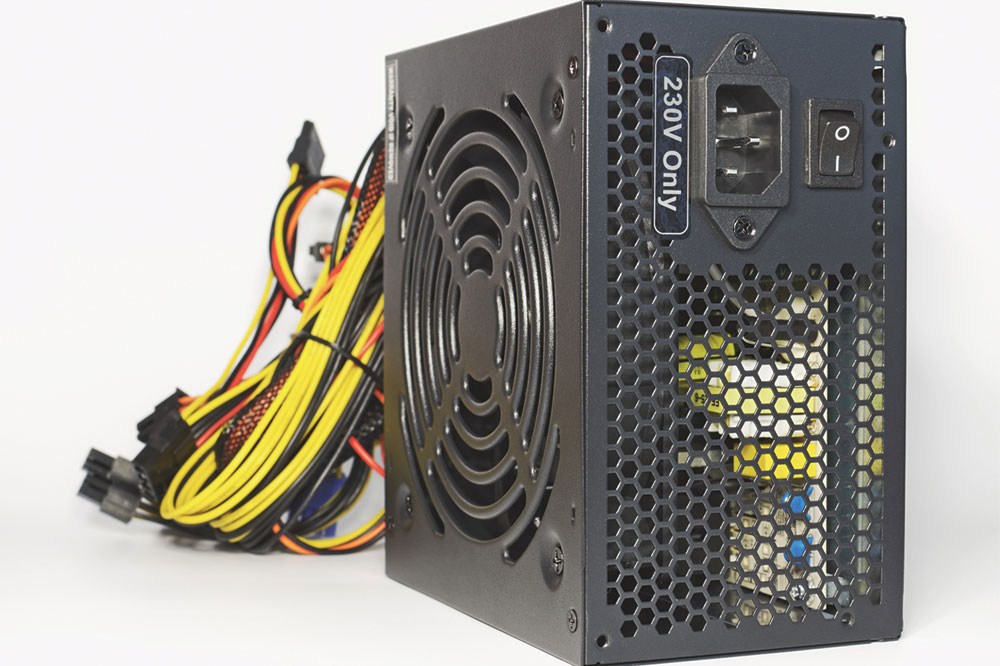
Understanding Power Supply Units: Key Questions Answered
A power supply unit (PSU) is an essential component that provides electrical energy to various devices. It transforms power from an electrical socket into the specific current, voltage, and frequency required by electronic equipment. Power supplies are also known as electrical power converters, with main types being AC and DC power supplies. Devices use either type based on their electrical specifications. Here's what you should know about power supplies.
What functions do power supplies serve, and how should you select one?
Power supplies adjust voltage levels, regulate power output, or convert AC to DC. Sometimes, multiple power supplies are connected in series to achieve higher voltages. Choosing the right PSU involves considering factors like wattage capacity, avoiding unnecessary features, and ensuring compatibility with your device’s needs.
What is a power supply circuit?
Power supply circuits are crucial in many electrical and electronic devices, tailored to the power they need to operate. For instance, microcontroller circuits often use 5V regulated power supplies derived from 230V AC sources. The typical conversion involves steps like using a transformer to step down voltage, a rectifier to convert AC to DC, filtering capacitors to smooth out ripples, and voltage regulators to maintain consistent voltage output.
Who relies on power supplies?
Anyone utilizing electrical power needs a power supply. The type required depends on whether you need AC or DC, regulated or unregulated, and your specific voltage requirements. It’s also helpful to consider efficiency to reduce operational costs.
Note:
Our blog provides diverse topics and practical insights, backed by thorough research. However, the information should not be considered entirely conclusive. The platform is not responsible for discrepancies or inaccuracies, and some offers or schemes may vary from what is presented.




